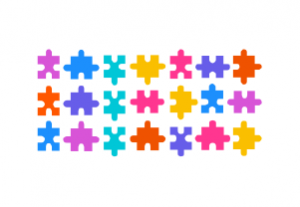- Content Strategy, Design, Design Theory, Flow and Immersion, Interface and Navigation Design, Strategy, Usability
Consistency and coherence might seem like very similar concepts, but they are fundamentally different.
Article by Carlos Yllobre
Share:Design for Coherence, not Consistency
Share this link
- September 1, 2020
4 min read







